PILEA PEPEROMIOIDES
$2.08
Pilea peperomioides is originally from the southwestern Yunnan province of China. Popular lore maintains that a Norwegian missionary, Agnar Espegren, took cuttings home with him in the 1940s, and shared them with friends and family. Those plants were spread throughout Scandinavia, and eventually the world, as people passed cutting between friends.
Out of stock
ABOUT OF PILEA PEPEROMIOIDES
Pilea peperomioides is originally from the southwestern Yunnan province of China. Popular lore maintains that a Norwegian missionary, Agnar Espegren, took cuttings home with him in the 1940s, and shared them with friends and family. Those plants were spread throughout Scandinavia, and eventually the world, as people passed cutting between friends.
The Chinese money plant (or Pilea) is frequently featured in Scandinavian interiors, where its bright green pancake-shaped leaves provide an adorable and welcome burst of color against white walls. They’re said to be easy to grow, but if you’ve ever tried to find one of your own in a plant shop, you likely came home empty-handed. So before you get your heart set on acquiring a Chinese money plant of your very own, read the following tips and advice on finding one, then caring for your hard-won prize.
The chinese plant also known as the missionary plant, lefse plant, pancake plant, UFO plant, or just pilea (short for its scientific name of Pilea peperomioides) is originally from the southwestern Yunnan province of China. Popular lore maintains that a Norwegian missionary, Agnar Espegren, took cuttings home with him in the 1940s, and shared them with friends and family. Those plants were spread throughout Scandinavia, and eventually the world, as people passed cutting between friends.
BENEFITS & USES OF PILEA PEPEROMIO
- It is an easy to grow modern looking houseplant.
- It’s really easy to care for.
- Truly one of the easiest going and good natured houseplants around.
- The plant grows fast.
- This plant really gets a move on and when conditions are right, growth is rapid.
- You can propagate more very easily.
- One of the easiest houseplants to multiply. 5.You’ll have your own mini Pilea family in no time.
- They make great presents
- Cute and unique they’re super simple all occasion give aways. You’ll be able to propagate so many you’ll easily have a steady supply to gift.
- You shouldn’t experience (too many) problems
- Easy going and tolerant, it takes most things in it’s stride.
-
Some Urtica are used as an herbal tea for various blood and menstrual ailments.
- Used all over the world as a houseplant.
Planting Care
Light-wise, the best situation for a Chinese money plant is bright light, with no direct sunlight. Direct sun scorches leaves, and light shade may encourage larger leaves. They’re said to be hardy down to freezing, and a period of cool temperatures may make them more likely to produce their tiny white flowers on pink stems.
The soil needs to mostly dry out between waterings, with more watering required in warmer, sunnier weather. If the leaves start to look slightly droopy, that’s a sign that the plant needs water. To keep your Chinese money plant nicely shaped, rotate it at least once a week to prevent it from getting lopsided. The large leaves tend to accumulate dust, so these plants benefit from regular showers, or at least wiping down of their leaves. Treat monthly with an all-purpose plant fertilizer during the spring and summer growing seasons. You may also want to put your plant outdoors as temperatures warm, but, again, take care to keep it out of direct sunlight.
Part of the reason that this plant has spread so far without being widely sold commercially is that it is fairly easy to propagate. A happy plant will eventually send plantlets up through the soil, which you can separate from the mother plant. Follow the stem about an inch under the soil, and use a clean, sharp knife to cut the baby plant free. Plant in a new pot and keep the soil moist until the plant is well-anchored and begins to produce new leaves. New plantlets also grow straight from the stem, and you can cut these free, place in water until roots develop in a week or two, and then follow the same directions as above. Learn to do it yourself, then spread the wealth!
Be the first to review “PILEA PEPEROMIOIDES” Cancel reply
Related products
Uncategorized
Uncategorized
Uncategorized
Uncategorized
Uncategorized
Uncategorized
Uncategorized
Uncategorized

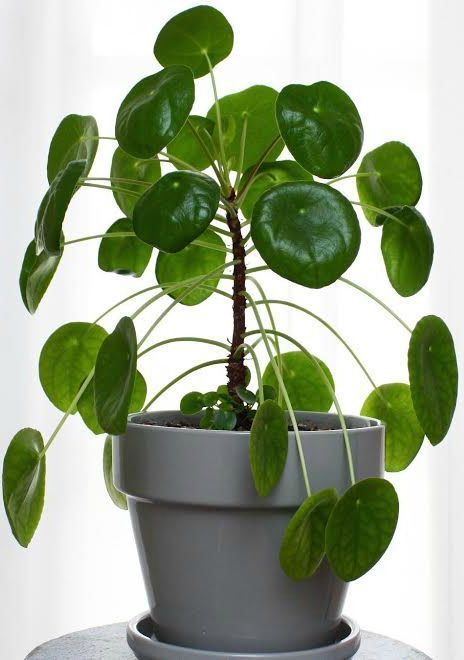
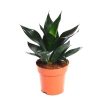
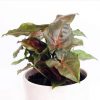
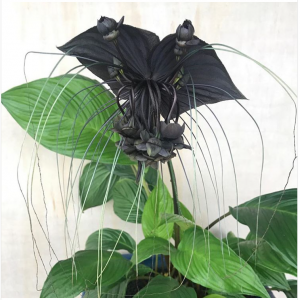
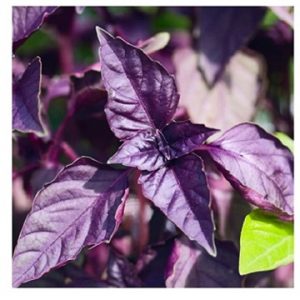
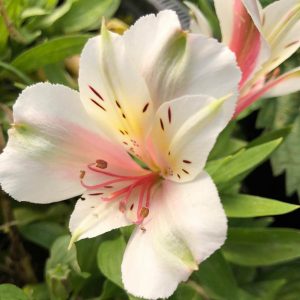

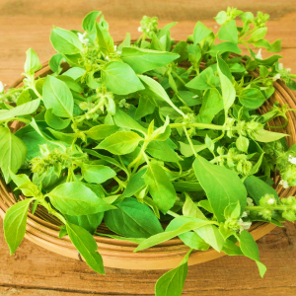
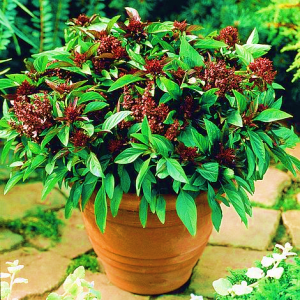
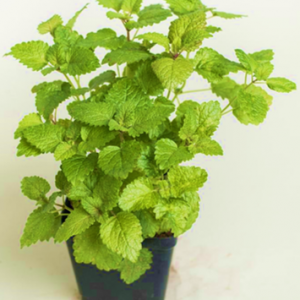
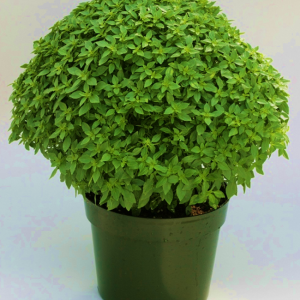
Reviews
There are no reviews yet.